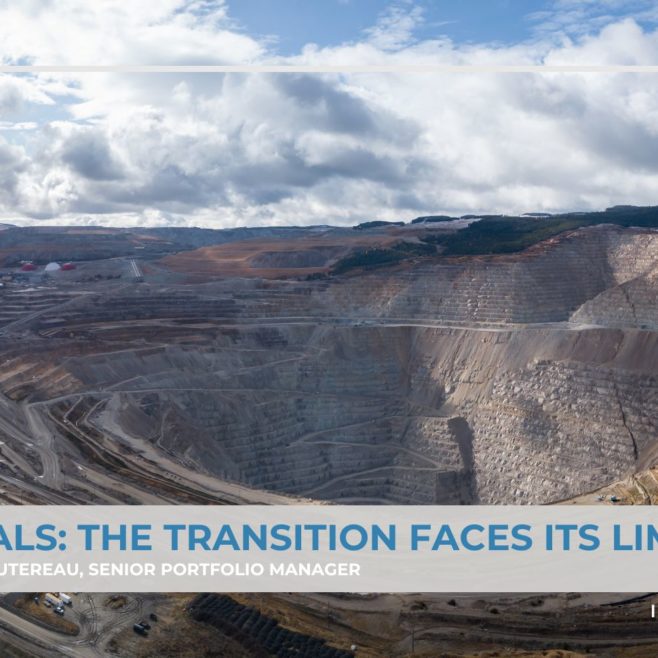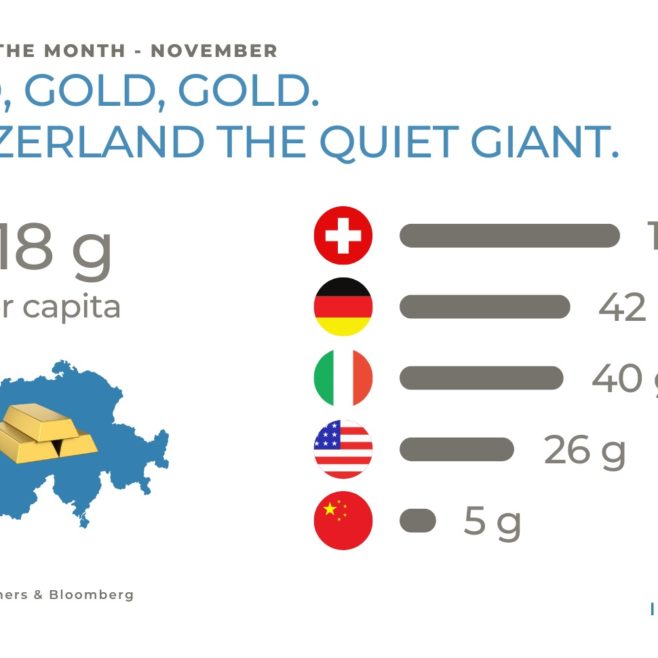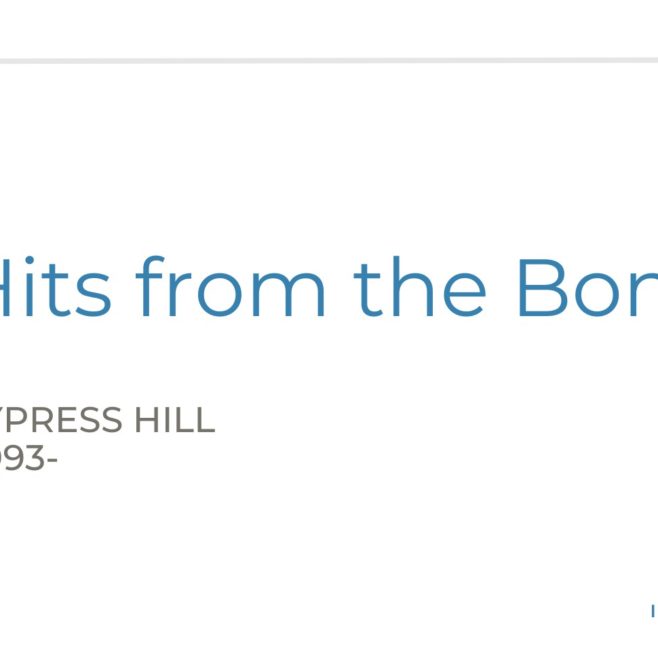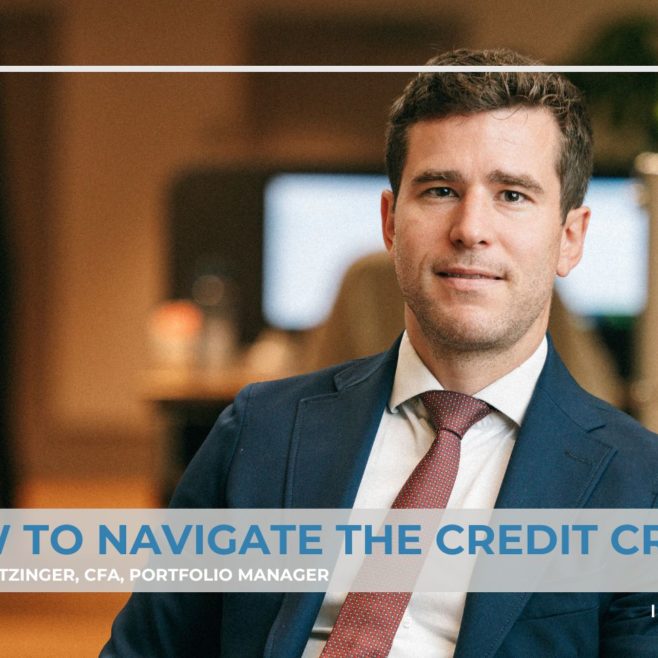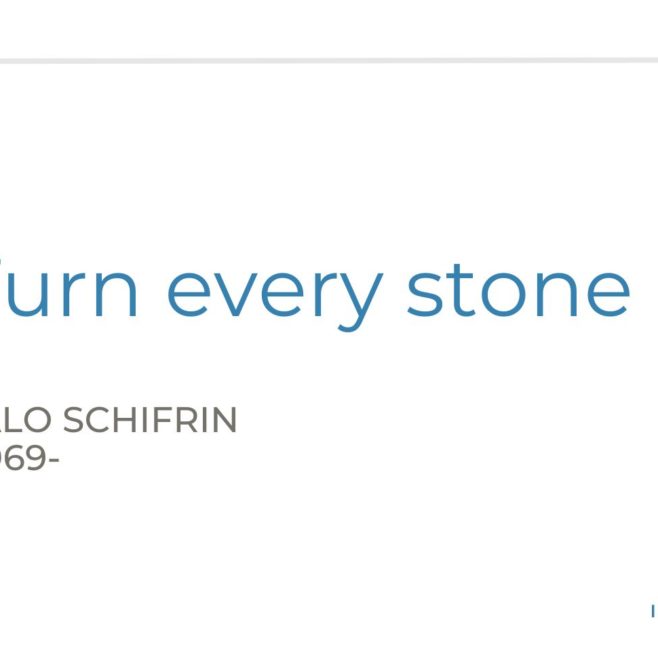
Perception vs. Reality: Should we blindy buy high dividend yield stocks? NO. Should we buy increasing dividend yield stocks? YES.

Daniel Kahneman, the Nobel Prize in Economic Sciences in 2002, wrote a best-selling book entitled “Thinking, Fast and Slow”. The central thesis of the book is that human beings have two modes of thought: System 1: Fast, instinctive and emotional; System 2: Slow, deliberative and logical. We can say that System 1 resembles the PERCEPTION, whereas, System 2 is closer to the REALITY. Being so fast and so emotional, sometimes the PERCEPTIONS may distort or exaggerate the news delivered by the market, whereas REALITY gives the investor a medium-long term framework to better assess the market situation.
Discover our monthly series “Perception vs. Reality”!

Source: Bloomberg
PERCEPTION
The common wisdom says that buying high dividend yield (HDY) stocks is an investment strategy that is more profitable and less risky than buying other stocks. Many investors like receiving dividend checks from companies that pay regularly regardless of the share price movement. Besides, HDY companies must be doing well in their business as they have the cash to pay the dividend. More than 50% of the historical returns of US equities comes from the dividends. Additionally, in a low yield return environment like today’s, more investors focus on HDY stocks to compensate for the lower levels of fixed-income coupons. Finally, in a relatively high valuation environment like the one we have in 2016, high dividend yield stocks seems to be less risky.
REALITY
The graph above shows the performance of the MSCI World Net Total Return Index in USD vs. the performance of the MSCI World Net Total Return USD High Dividend stocks, and surprisingly the HDY strategy has underperformed by 12.3% accumulated during this 10 yr. period. To make matters worse, the volatility of the HDY strategy has been 17.4% vs 16.9% of the total index. Just the opposite of the initial expectations. Why such a counterintuitive evidence?
Let’s take the famous Gordon Growth Model to value a stock: Value = D / (k – g), where:
D: Next year’s expected annual dividend per share.
K: Discount rate of required rate of return.
G: Expected dividend growth rate (assumed constant)
When an investor blindly buys a HDY stock is missing the RISK of the stock (the K in the formula) and also missing the EXPECTED GROWTH rate (the g in the formula) of the dividend. For instance, many banks had had in the past high dividend yields that could not be maintained, hence the growth was negative and the shares fell dramatically during the 2008 crisis. Another typical case is the utilities and telecom companies that have high dividends but very low growth in their business, so they are not such good investments.
But, wait a second! We have all heard about successful ETFs linked to the S&P500 Dividend Aristocrat. This index has outperformed the S&P500 by 3.0% per year for the last 10 years. Isn’t this a contradiction? Apparently yes, but looking at the description of the index, they choose companies that “followed a policy of consistently increasing dividends every year for at least 25 consecutive years”. The key word is consistently increasing dividends or sustainable dividends.
One important remark in the graph is that despite the overall underperformance of a blind HDY strategy, there are periods where HDY stocks do relatively well as it has been the case during this year where investors flew to anything that looked like high yield asset: REITs, Fixed-Income HY, Emerging Market debt, Real Estate, and HDY stocks (see the bottom panel in the graph). Nevertheless, this outperformance has historically been short lived and this year also we have seen a relative peak performance by 30-June.
CONCLUSION
Investors should not follow blind simple strategies to invest like buying HDY stocks. Very often, these companies cannot maintain the dividend and eventually cut the dividend. For instance some HDY stocks today are Royal Dutch (7.2%), Ericsson (6.3%), Allianz (5.5%), Vodafone (5.2%), AT&T (5.1%), Rio Tinto (4.2%), Unicredito (5.9%), etc. Chances are that some of these companies will not maintain the dividend or if they do, the dividend will not grow for a while.
Just a little change in the strategy to INCREASING dividend stock companies might work much better like Nestlé, Medtronic, General Electric, etc. These companies have a lower dividend yield (2.9%, 2.0% and 3.0% respectively), but increasing over time.


